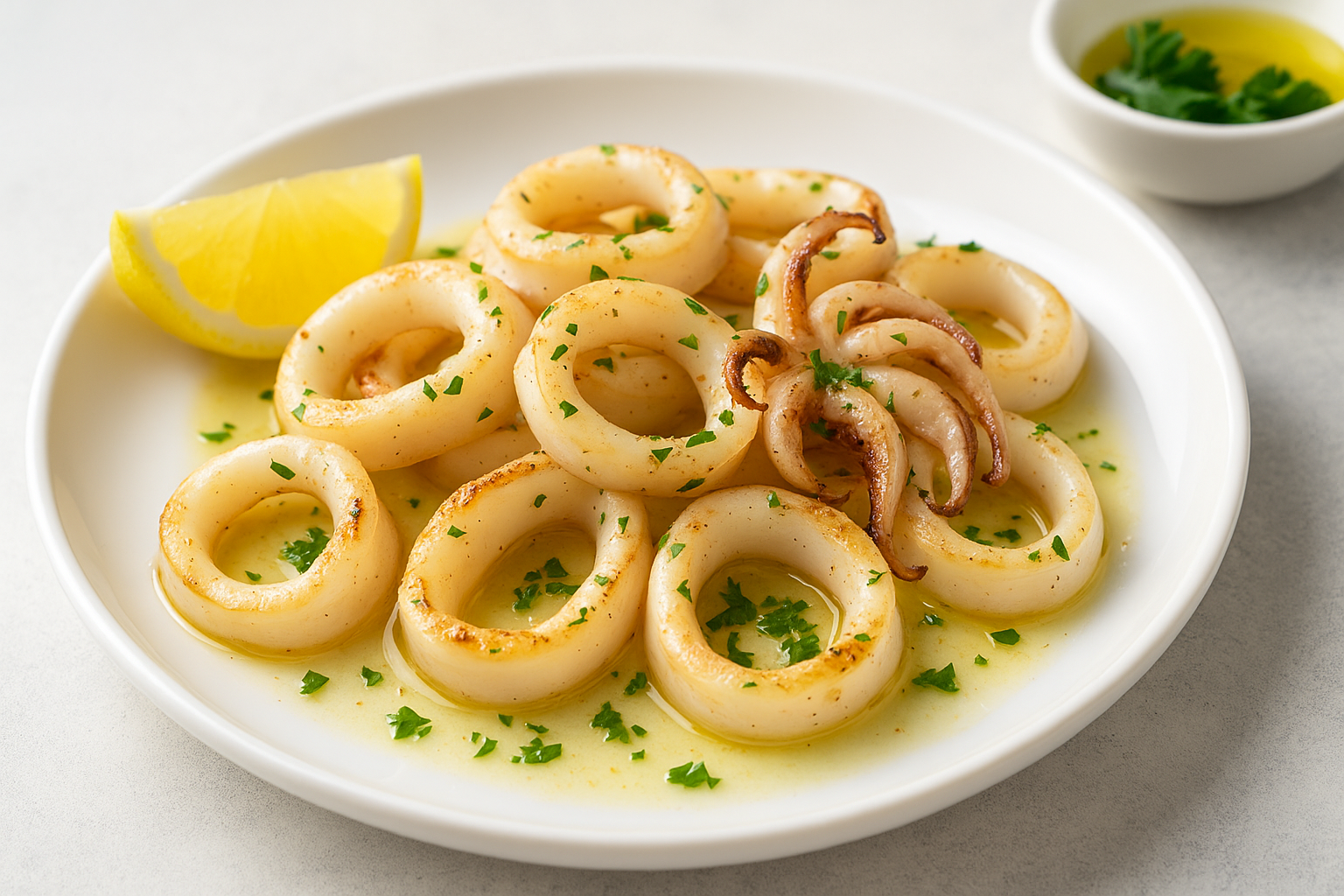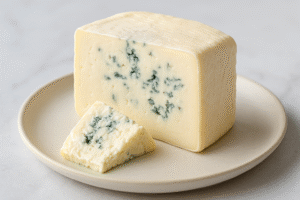Calamariere is one of Italy best known seafood dishes. Many call it calamari or squid but Italian see it differently. The word carries meaning that goes beyond taste. It reflect centuries of tradition built along Italy’s vast coastline. It show how families have relied on the sea for food and culture.
Fishing villages have served calamariere for generations. Local chefs turned simple squid into dishes that tell stories of hard work and community. Coastal towns still honor these roots today. They prepare it with fresh catches olive oil herb and simple flavor that stay true to the sea.
Calamariere also play a role in family gatherings and celebration. It is part of wedding summer feast and religious holiday. Each meal connect people to old custom and remind them of their bond with the ocean.
This guide explains where calamariere started how Italian cook it and why it remain a symbol of culture and healthy Mediterranean living.
What Is Calamariere?
Calamariere mean squid prepared as food. Italian have used squid in their kitchen for centuries. The word come from calamari the Italian name for squid. In some region people also use it to describe squid fishing or seafood markets that sell fresh catches.
Squid is a sea animal with a soft body. It belong to the same family as octopus and cuttlefish. It flesh is tender and mild in flavor. That make it easy to cook and enjoy.
Italian cooks use many methods to prepare it. They fry it in light batter. They grill it with herb and olive oil. They bake it in sauce or stew it with vegetables. Every dish bring out a new texture and taste.
Garlic parsley lemon and olive oil often go into these meals. These simple ingredient help highlight the natural flavor of squid. That why calamariere is a key part of everyday meals along Italy coast. It brings the sea to the table in a clean, honest way.
History of Calamariere
People have eaten squid since ancient time. Greek and Roman enjoyed it as part of daily meals. Coastal towns across Italy later created unique cooking methods.
In the 1800s fried calamari became popular. Fishermen cooked fresh catche with olive oil and lemon. Families passed recipe from one generation to the next. Calamariere then moved from small tavern to restaurant around the world.
Why Calamariere Matters
Calamariere is more than a dish. It bring people together and keeps old tradition alive. Region like Amalfi and Liguria treat squid preparation as a ritual. Fresh catche are cleaned and cooked with care. Family meals often include wine and shared stories.
Modern chefs describe calamariere as a calm dining experience. They see it as a way to respect nature. Every part of the squid is used. Meals often stop if there is no fresh catch. This shows how tradition depends on the sea’s rhythm.
Popular Calamariere Dishes
Italian kitchens offer many ways to enjoy calamariere. Each region offer it own recipe.
-
Grilled Calamari – Marinated squid grilled to add a smoky taste. Often serve with fresh salad.
-
Stuffed Calamari – Squid tubes filled with breadcrumb herb cheese or minced seafood. Cooke in tomato sauce or bake.
-
Calamari in Tomato Sauce – Squid cooked slowly with garlic onion and herb.
-
Seafood Risotto – Creamy rice with mussel clam scallop and squid. A rich coastal dish.
Southern Italy add citrus and olives for extra flavor. Northern town may serve it with polenta or pesto.
How to Cook Calamariere
Cooking calamariere at home is easy when you follow simple step.
-
Choose Fresh Squid – Look for clear eyes shiny skin and a fresh ocean smell.
-
Clean It Well – Remove the head innard ink sac and cartilage.
-
Tenderize It – Use lemon juice or milk to soften the flesh.
-
Cook It Fast – Fry grill or sauté for 1–3 minutes. Cooking longer make it rubbery.
-
Season It Simply – Olive oil garlic parsley and herbs add flavor.
A bed of fresh green or citrus slice work well for serving. A balsamic drizzle or parsley add color and taste.
Health Benefit of Calamariere
Calamariere is tasty and healthy. It provide lean protein that helps build muscle. It has few calories and is packed with vitamins and minerals.
-
Vitamin B12 – Support nerves and energy level.
-
Selenium and Zinc – Protect cell and strengthen immunity.
-
Iron – Help make red blood cell.
-
Omega-3 Fat – Boost heart and brain health.
Grilled or baked squid is the healthiest option. Frying add calories but still keep nutrient intact.
Choosing Sustainable Squid
Sustainable fishing protects squid populations. Many fisheries now follow strict rules on how much they can catch. Products with a Marine Stewardship Council label show good practices.
Buying from local markets also helps. It reduces transport costs and supports fishing families. Some regions now use squid farms to meet demand without harming natural stocks.
Wine to Match Calamariere
Good wine makes calamariere taste even better. Italian use light wines that balance the mild sweetness of squid.
-
Pinot Grigio or Verdicchio – Crisp white that pair with fried squid.
-
Rosé – Perfect with grilled dishe.
-
Young Chianti – Work with tomato based recipes.
-
Prosecco – Add freshness to appetizer.
Trying different wine help you find the best match for your meal.
More Than a Dish
In some coastal towns, calamariere is more than food. It is a mindful way to share a meal. Guests wash their hands with citrus water. Families tell stories as they eat. Squid is cooked simply without heavy sauces.
These slow meals revive old customs. They also resist the fast pace of modern dining. Chefs in other countries now serve vegetarian versions using herbs or mushrooms. The ritual stays the same even without seafood.
Best Places to Try It
Italian coastal towns like Sicily, Amalfi, and Liguria serve the freshest calamariere. Fishermen bring in squid every morning. Local market display shiny firm catches that go straight to seaside restaurant. Small trattorias cook it with traditional recipes passed down for generation. Eating calamariere in these town feel like tasting Italy’s coastal heritage.
Traveler can find it in cities like Naple and Venice as well. Street vendor sell fried calamari in paper cones. Fine dining spot prepare grilled or stuffed squid with regional wine. Each place offer a different style shaped by local culture.
Seafood restaurant outside Italy also serve authentic calamari dishes. Many import squid from the Mediterranean to keep flavor close to tradition.At home you can still enjoy the dish.
Conclusion
It tell stories of history coastal tradition and family ties. It also reflect respect for nature through sustainable fishing and careful cooking. From simple fried ring to shared family feast it brings people together and keep old customs alive.
Cooking calamariere at home is easy. Fresh squid olive oil garlic and herb are all you need.
Every bite carre the flavor of the Mediterranean. It bring the sea to your table and let you enjoy a meal shaped by centuries of culture and care.



